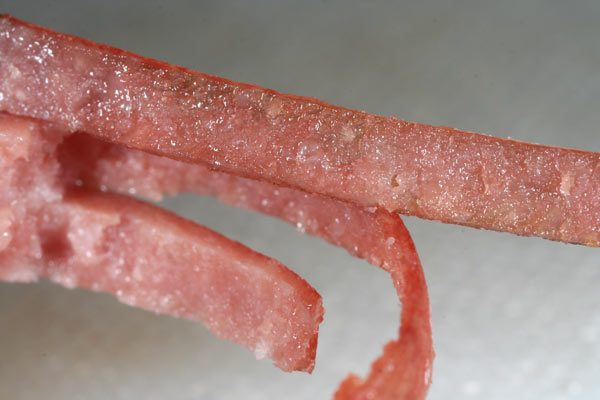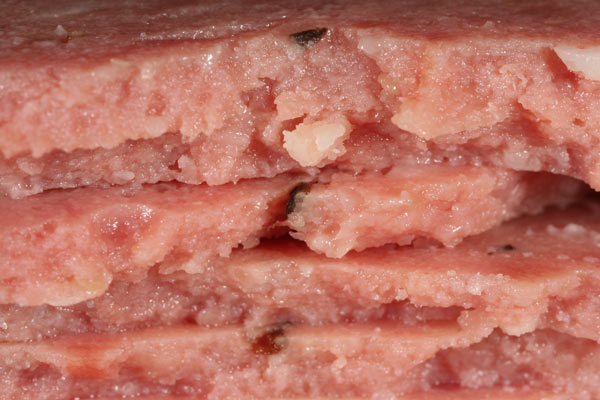

Project Two: Magnify and Multiply Amulet
Basic Metals
Course: ARS220
Meeting time: TUES- FRI 12:15 – 2:55
Lecturer: Arthur Hash
Contact Info: arhash@gmail.com
Credits: 3
Brief Statement of Topic What are the parts that make up a whole? Cells combine to make a tree, a population of people make a village or city, bricks that are layered to create a building, and planets that exist within a solar system.
Life is a matter of perspective. If you were an atom a molecule would seem enormous. If you were a solar system the earth would be inconsequentially small. Look at our ever-shrinking world, global economy, and science for inspiration. Look at the buds coming out on the trees, take photos, which help alter your perspective.
Combine all of these ideas as your point of departure for your project.
Aims & Objectives: (including skills to be covered)
_ Research for appropriate subject to explore through metals medium.
_ Explore the basic concepts of form and function
_ Research historical and contemporary design motifs
_ Employ traditional layout and templates for construction
_ Techniques: Hammering, Stamping, piercing, riveting,
Tools and Materials: You will be using 18 or 20 gauge silver, brass, copper and aluminum
Model making: Individual discretion, several materials will be shown in order to execute a variety of models.
Design Research: Use any photos and add them to your sketchbooks.
Recommended Books:
Techniques of Jewelry Illustration and Color Rendering, Adolfo Mattiello
Metal Techniques for Craftsmen, Oppi Untracht
Boxes and Lockets, Tim McCreight
Silversmithing, Finegold & Seitz
Silversmithing, Bernard Cusner
The Artful Teapot, Garth Clark
The Eccentric Teapot, Leslie Ferrin
Form Emphasis for Metalsmiths, Hekki Seppa
Complete Metalsmith, Professional Edition, Tim McCreight
Jewelry: Fundamentals of Metalsmithing, Tim McCreight
Recommended Periodicals:
Magazines Subjects
American Craft Architecture
Metalsmith Magazine Sculpture
Lapidary Journal Painting
Aperture Art Nouveau
PDN- Photo District News Art Deco
Blind Spot Nature
Communication Arts Gardening
International Design Magazine Bauhaus
Modernism Magazine Photography
Sculpture Magazine African Art
Living Architecture Asian Art
go here
and here








